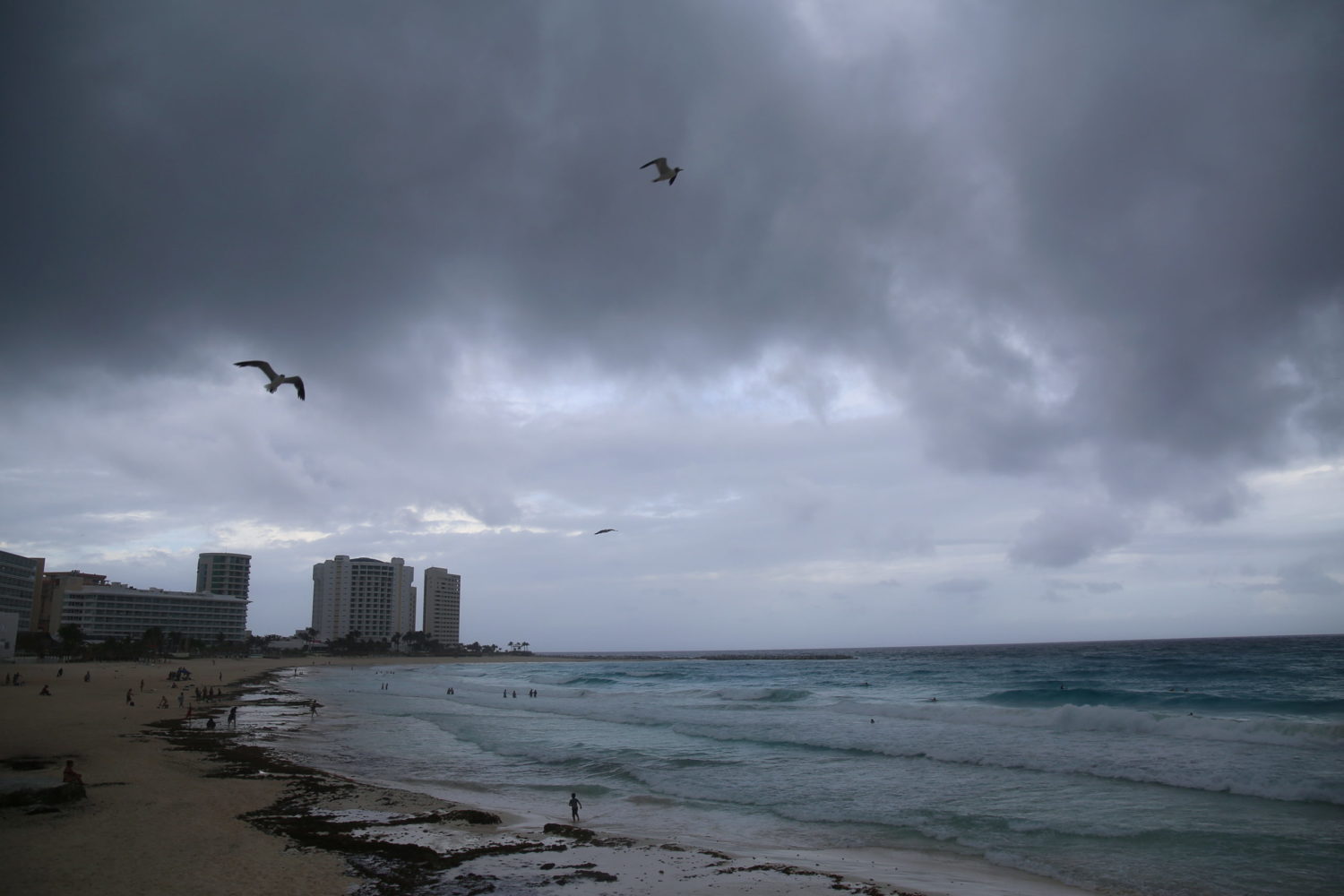
MEXICO CITY (Reuters) -Hurricane Grace weakened into a tropical storm after passing the Mexican beach resort of Tulum on Thursday, but was expected to regain strength again and cause flooding as it churns across the country’s southeast.
The storm made landfall on the Yucatan peninsula early Thursday as a Category 1 hurricane. Social media images showed downed street signs and palm trees flailing in the wind near Tulum and authorities reported some floods, power outages and toppled trees.
Grace was now heading west and was expected to hit the coast of Veracruz state as a hurricane late on Friday, the Miami-based National Hurricane Center (NHC) said. There were warnings of hurricane conditions and dangerous storm surge.
The NHC said Grace would dump 4-8 inches (10-20 cm) of rain over the Yucatan peninsula through Friday, and up to 12 inches in some areas. The heavy rainfall would likely cause areas of flash and urban flooding, it added.
Mexican officials said preparations had been made for the hurricane’s arrival, with dozens of military and rescue workers as well as staff from the national power utility, the Comision Federal Electricidad, gearing up to help.
“We’re ready,” Laura Velazquez, head of Mexico’s civil protection authority, told a regular news conference standing alongside President Andres Manuel Lopez Obrador.
Velazquez said the states of Quintana Roo, Campeche, Yucatan and Tabasco were likely to receive heavy rainfall.
Grace unleashed downpours and flooding over Haiti and Jamaica earlier this week. By Thursday morning it was about 85 miles west of Tulum, with top sustained winds of 65 mph (100 kph) the NHC said. The storm was moving west at 18 mph (29 kph).
(Reporting by Dave Graham, Daina Beth Solomon and Diego OreEditing by Mark Porter and Frances Kerry)











